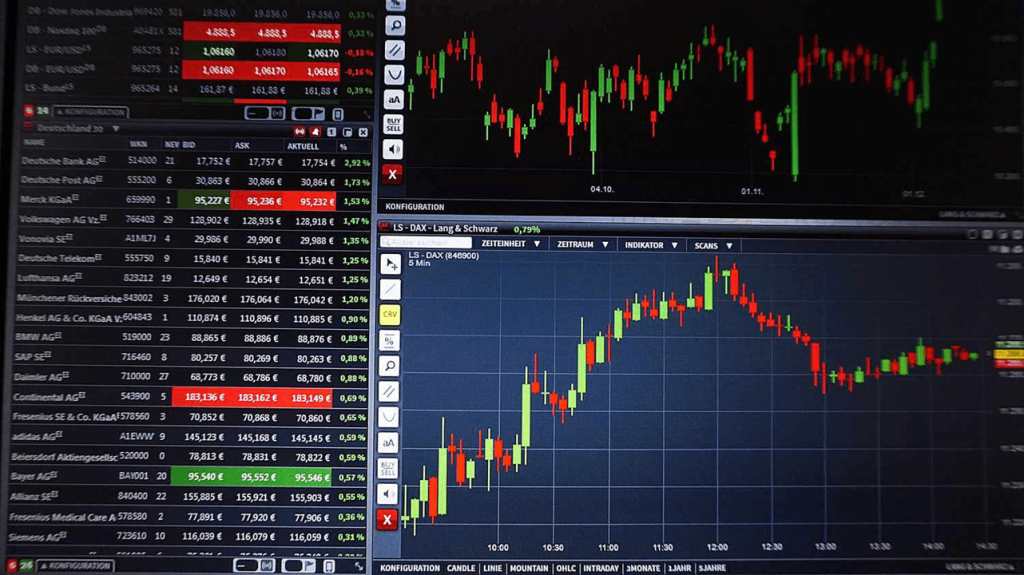Forex trading, also referred to as international change trading or currency trading, is the global marketplace for buying and offering currencies. It operates 24 hours per day, five days weekly, allowing traders to participate in the market from anywhere in the world. The principal goal of forex trading is always to profit from fluctuations in currency exchange costs by speculating on whether a currency set may increase or fall in value. Players in the forex market include banks, financial institutions, corporations, governments, and personal traders.
One of many critical top features of forex trading is its large liquidity, and thus big quantities of currency can be bought and sold without somewhat affecting trade rates. This liquidity assures that traders may enter and quit jobs easily, permitting them to make the most of also little price movements. Additionally, the forex industry is extremely accessible, with reduced barriers to entry, letting individuals to start trading with relatively little amounts of capital.
Forex trading provides a wide range of currency pairs to trade, including key sets such as EUR/USD, GBP/USD, and USD/JPY, as well as minor and unique pairs. Each currency pair represents the trade charge between two currencies, with the very first currency in the set being the bottom currency and the next currency being the quote currency. Traders can make money from equally rising and falling areas by using long (buy) or small (sell) positions on currency pairs.
Successful forex trading requires a strong understanding of fundamental and specialized analysis. Basic analysis involves evaluating economic signals, such as for instance curiosity prices, inflation charges, and GDP growth, to measure the underlying power of a country’s economy and its currency. Specialized analysis, on one other hand, involves considering value graphs and styles to recognize traits and possible trading opportunities.
Chance management can be essential in forex trading to guard against possible losses. Traders frequently use stop-loss requests to limit their downside risk and employ proper position sizing to ensure not one trade can considerably affect their overall trading capital. Furthermore, maintaining a disciplined trading approach and controlling thoughts such as greed and concern are essential for long-term success in forex trading.
With the improvement of technology, forex trading has be much more available than ever before. Online trading tools and mobile applications offer traders with real-time access to the forex market, letting them accomplish trades, analyze market data, and control their portfolios from any device. More over, the availability of educational forex robot assets, including lessons, webinars, and test records, empowers traders to produce their abilities and enhance their trading performance over time.

While forex trading presents substantial gain possible, in addition it holds inherent risks, such as the prospect of significant losses. Therefore, it’s needed for traders to conduct complete study, develop a noise trading strategy, and consistently monitor market problems to make educated trading decisions. By sticking with disciplined risk management practices and keeping informed about global financial developments, traders can enhance their odds of achievement in the energetic and ever-evolving forex market.
